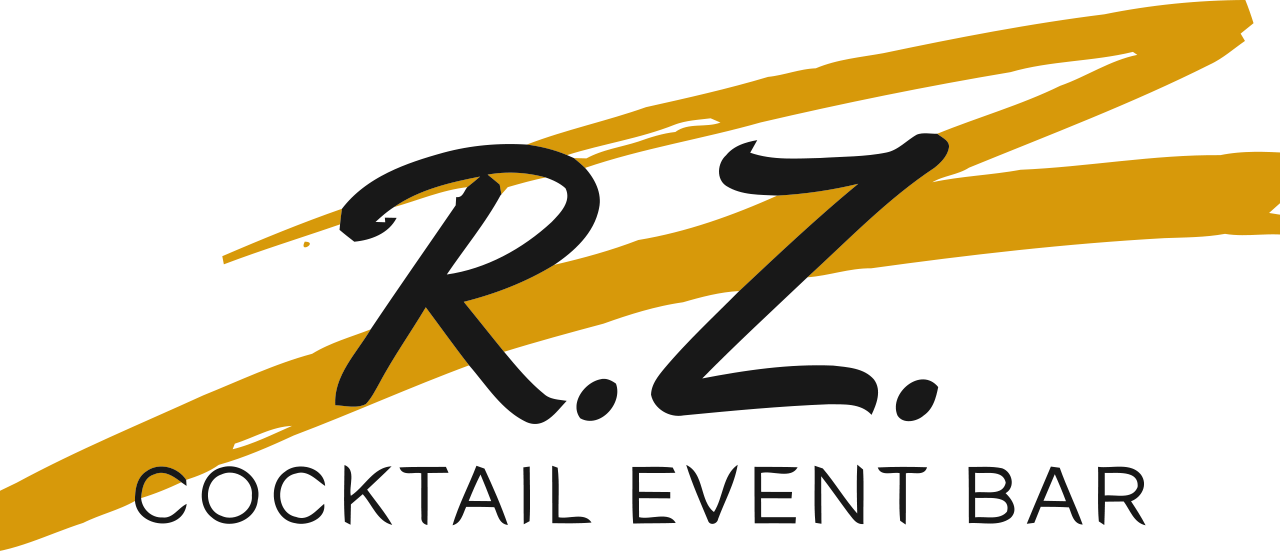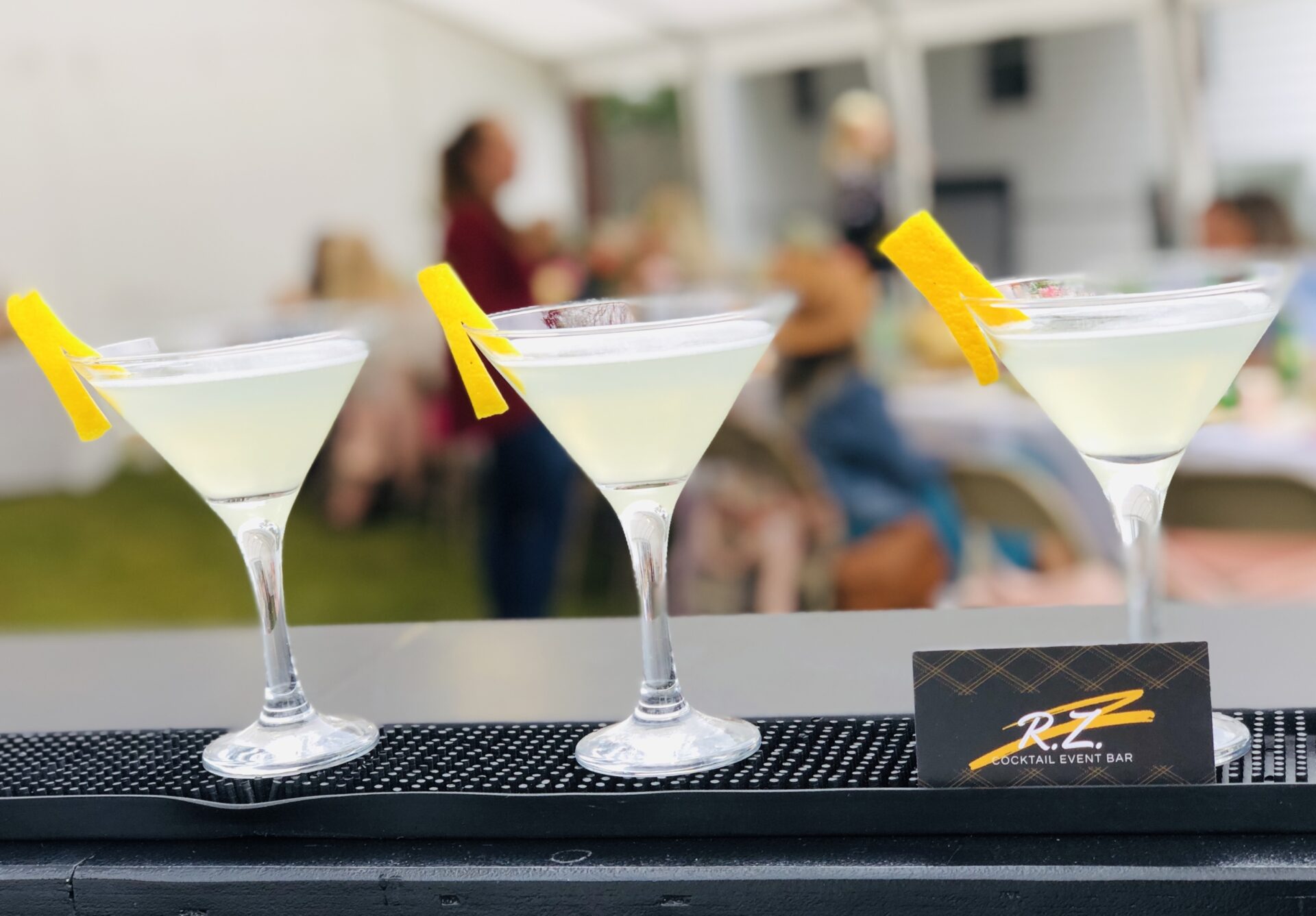- One of the most popular stories of the meaning of the word we describe comes from the cock-tail feathers that were used to decorate drunk potions in colonial times.
- Another theory, also referring to rooster tail feathers, is that the colors of the drinks served sparkled with various colors, just like the colors on a rooster’s tail. This theory would be perfectly applicable in modern times, when the variety of colors of various alcohols and liqueurs is almost innumerable. Unfortunately, in those days, the base alcohols were usually transparent or cloudy.
- In the British publication u201cBartenderu201d in 1936, there is an account of English sailors who, while reaching the shores of Mexico, mixed alcohol a hundred years earlier using Cola de Gallo (cock-tail), a long root shoot resembling a bird’s tail.
- Yet another is about leftover barrels of alcohol being poured into one and sold at bargain prices. This activity was called cock tailings, which was to initiate the mixing of different alcohols.
- According to the Online Etymology Dictionary, it may come from a mistake in translating the French word Coquetier which loosely translated meant egg glass – the English translation was cocktay. The New Orleans apothecary (creator of Peychaud Bitters) Antoine Amedee Peychaud served brandy mixed with his bitter and served it in this glass at the end of the 18th century.
- There is also mention of the racehorse tail trimming tradition in the 18th and 19th centuries. They were to resemble rooster tails when trimmed, hence the term cocktail. Race horses would usually be active and agitated above the norm, which would refer to the condition after consuming alcoholic mixed drinks.
As you can see, there are many hypotheses explaining the etymology of the word “cocktail” Some people believe that neither of them really has to be true. Each of us uses the definition that we probably like best. I think we’ll never really know where the word cocktail really comes from.

